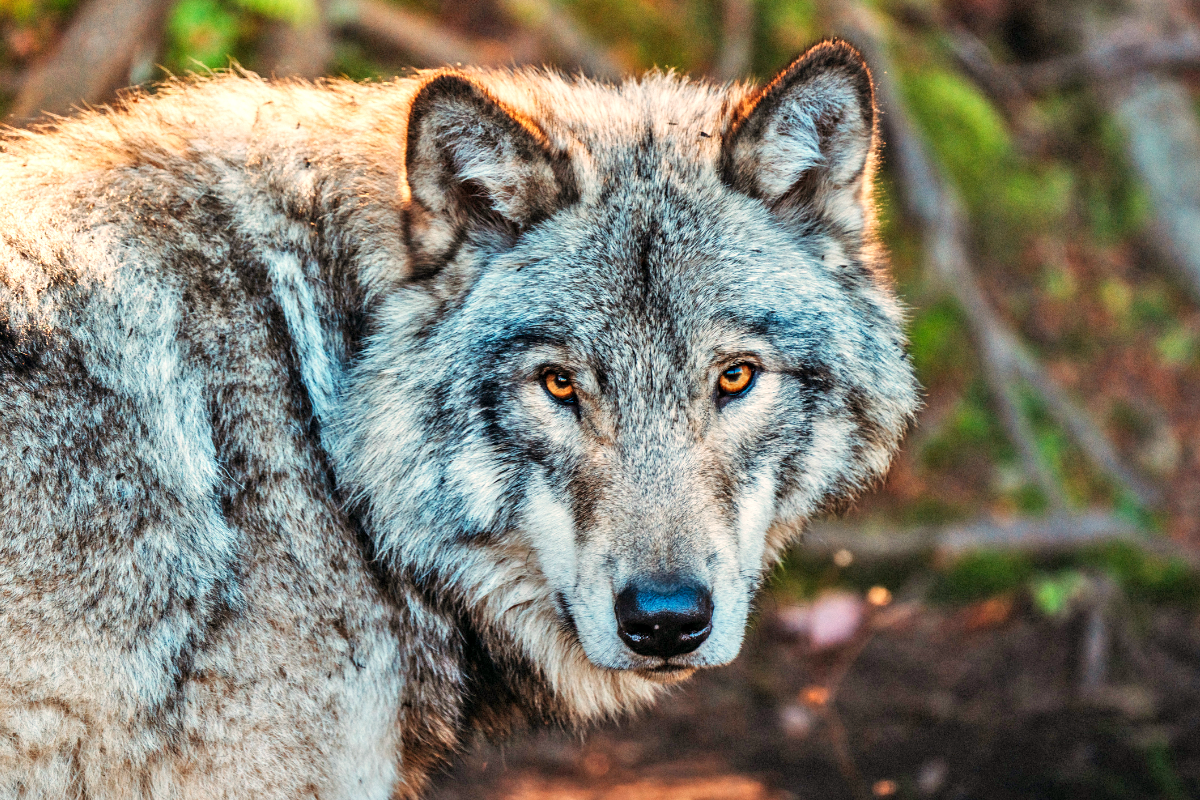Wolves are coming back to Colorado because on Nov. 3, 2020, residents approved Proposition 114 to reintroduce gray wolves after they were wiped out by hunters and trappers more than 75 years ago. However, we must assure they are not brought back to be exploited by Colorado Parks and Wildlife, which sells licenses to hunters and trappers.
“We will not tolerate any form of wolf control in Colorado. We don’t want them brought back just to be persecuted. It’s alarming that CPW is already talking about killing wolves before they have one paw back on the ground in Colorado,” said Priscilla Feral, president of Friends of Animals.
CPW was tasked with developing a wolf reintroduction plan that will begin no later than Dec.31, 2023. DPW released its draft management plan in December along with ways for you to provide public comment, in person or with written testimony by Feb. 22. Here’s how:
February 22 – Denver – In-person only
Submit written comments via this online form by February 22.
Please join FoA in pressing CPW not to allow the killing of wolves after they are reintroduced under the guise there are too many as other states have done when wolves are under their management. As you will see from our submitted comment to CPW, the draft plan has several areas that must be improved, which are highlighted below:
The restoration plan should never allow the hunting of gray wolves, regardless of what the population numbers reach.
The draft restoration plan hungrily eyes the possibility of recreational killing of wolves when the population reaches 150 for two years in a row. In fact, there is a section that explicitly prevents cash generated from the sale of hunting licenses and associated federal grants from being available for administering the reintroduction of wolves. As if that were not clear enough, the statute defines “gray wolf” as “nongame wildlife of the species canis lupus.”
The restoration plan should not rely on lethal techniques for mitigation of livestock depredation.
Wolves do not represent a serious threat to livestock. Period. What’s more, depredation compensation already exists in Colorado. The draft restoration plan encourages needless killing of wolves when livestock owners already receive full market value for lost livestock.
Not only is the threat of depredation overexaggerated to an enormous degree, lethal techniques are often contradictory to their intended efforts. In fact, one study in the draft restoration plan suggested that lethal control actually had the opposite of its intended effect: More lethal control resulted in more depredations.
The planned areas for introduction can support far more than 150 wolves, and efforts to kill wolves or limit the population put the success of any reintroduction at risk.
The draft restoration plan seems to have the attitude of maintaining the wolf population as small as possible, when the science shows that the Rocky Mountains can support well over 1,000 wolves.
This means that if the draft management plan is passed as is, the wolf population in Colorado will be constantly hovering around 150, which is not sufficient for a successful, self-sustaining population, a quality which is required by law. Even the U.S. Fish & Wildlife has concluded that a minimum population of 300 must be reached in order to maintain long-term viability. This aspect threatens the whole goal of the wolf restoration plan: to have healthy, self-sustaining wolf packs reintroduced into the State of Colorado.
The same small fraction of bloodthirsty special-interest groups that hunted the wolves to extinction should not be allowed to dictate the terms of their restoration and management.

